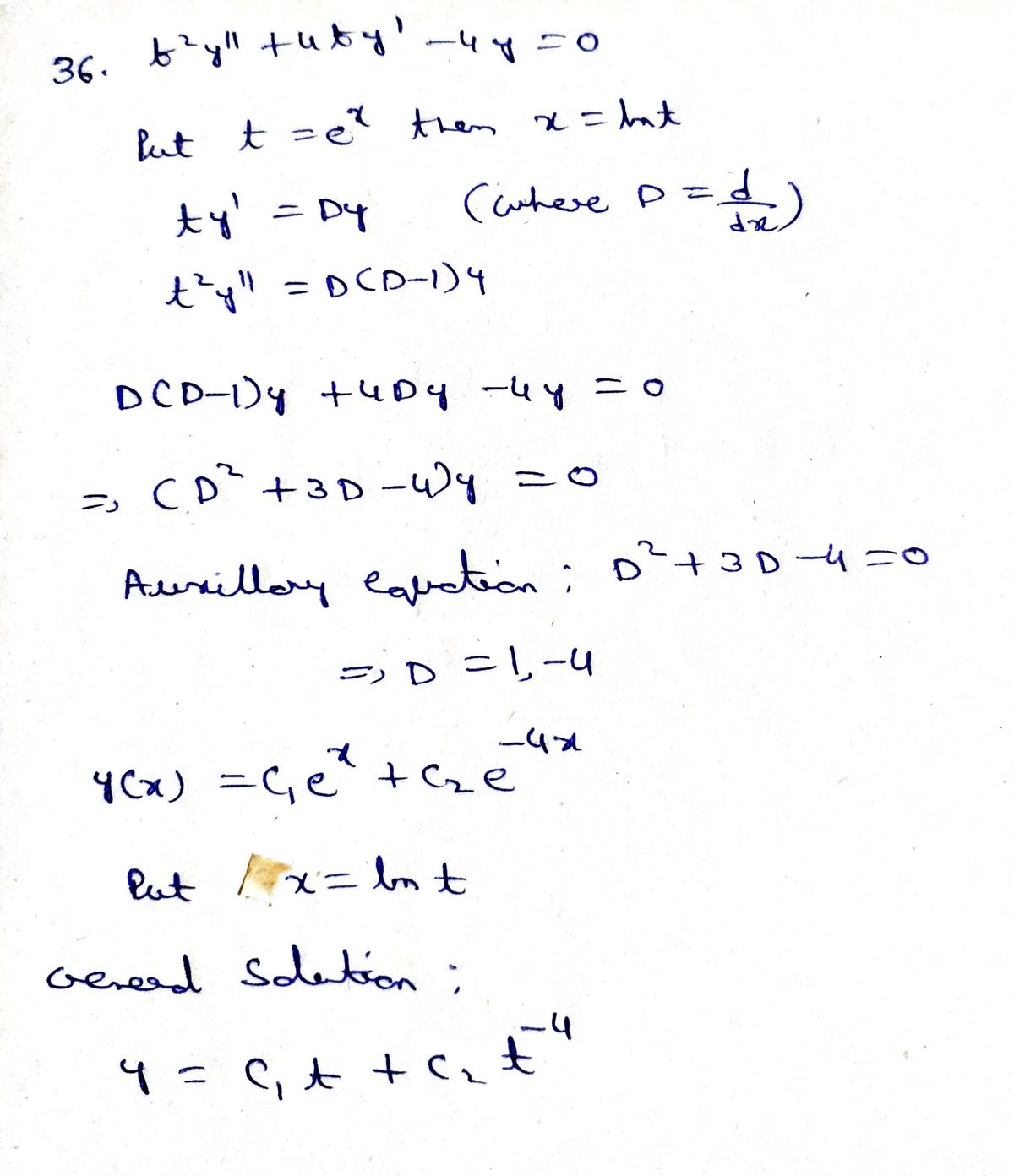1?y" + 4ty' - 4y = 0; y(1) = 5, y'(1) = %3D %3D
Unitary Method
The word “unitary” comes from the word “unit”, which means a single and complete entity. In this method, we find the value of a unit product from the given number of products, and then we solve for the other number of products.
Speed, Time, and Distance
Imagine you and 3 of your friends are planning to go to the playground at 6 in the evening. Your house is one mile away from the playground and one of your friends named Jim must start at 5 pm to reach the playground by walk. The other two friends are 3 miles away.
Profit and Loss
The amount earned or lost on the sale of one or more items is referred to as the profit or loss on that item.
Units and Measurements
Measurements and comparisons are the foundation of science and engineering. We, therefore, need rules that tell us how things are measured and compared. For these measurements and comparisons, we perform certain experiments, and we will need the experiments to set up the devices.
Just Number 36
![### Initial Value Problems with Cauchy-Euler Equations
**Objective**: Find the general solution of the following differential equations, and then solve the given initial value problem for \( t \geq 1 \).
1. **Equation 33**:
\[
t^2y'' + 2ty' - y = 0; \quad y(1) = 2, \; y'(1) = 0
\]
2. **Equation 34**:
\[
t^2y'' + 2ty' = 0; \quad y(1) = 0, \; y'(1) = 6
\]
3. **Equation 35**:
\[
t^2y'' - 2y = 0; \quad y(1) = 5, \; y'(1) = -3
\]
4. **Equation 36**:
\[
t^2y'' + 4y' - 4y = 0; \quad y(1) = 5, \; y'(1) = -3
\]
5. **Equation 37**:
\[
t^2y'' + 6y' = 0; \quad y(1) = 8, \; y'(1) = -12
\]
Each equation is a second-order linear homogeneous differential equation of the form typically encountered in Cauchy-Euler problems. The challenge involves finding both the general solution of the differential equation and solving for particular solutions using given initial conditions. This process often utilizes transformations or characteristic equations to simplify the problem into a more manageable form.](/v2/_next/image?url=https%3A%2F%2Fcontent.bartleby.com%2Fqna-images%2Fquestion%2Ffe764ed5-b323-48e6-a3a8-f5bc4bf55588%2F12a1c7ae-5d58-48a2-8b47-d4494234c1a9%2Fnp4uslg_processed.jpeg&w=3840&q=75)

Step by step
Solved in 2 steps with 2 images









